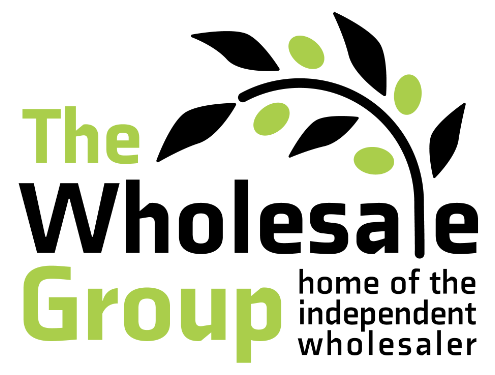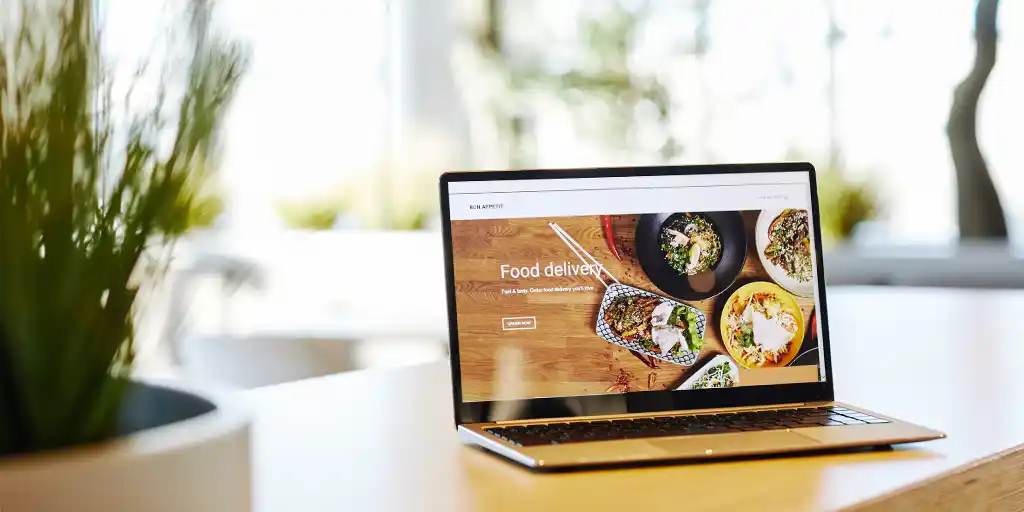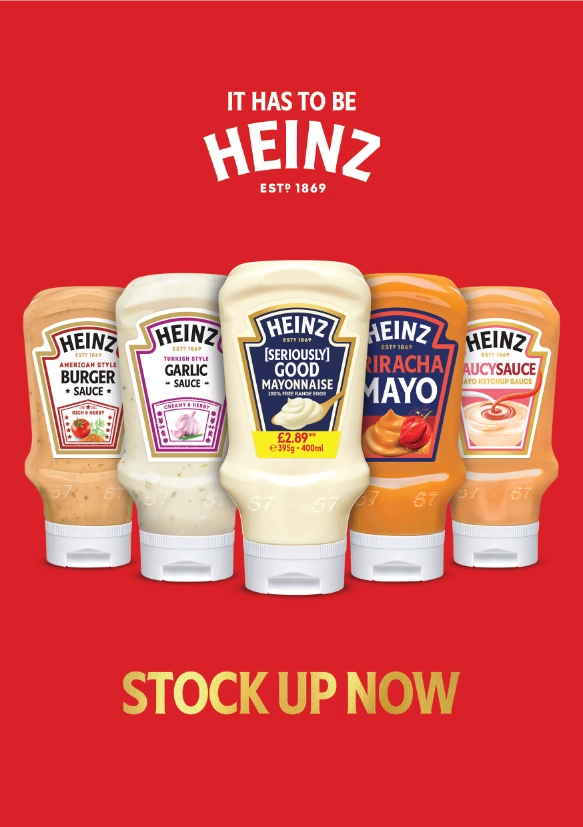In a rapidly evolving retail landscape, convenience stores across the UK face mounting pressure on margins, staffing and customer expectations. Technology has moved beyond being a ‘nice to have’ and is now a critical lever for productivity and service differentiation in the local shop environment. This article explores the tech tools that are delivering real gains in productivity and customer service for convenience retailers today.
EPOS & Analytics
Modern EPOS systems are no longer just tills; they act as data engines. According to the Association of Convenience Stores (ACS), convenience stores in the UK continue to invest in technology to stay competitive. In fact, 33% of total spend over the last year went towards till systems[1].
By mining basket, SKU and traffic data through EPOS analytics, retailers can optimise stock levels, reduce shrinkage and improve margin on fast-moving items. This is especially important when sales growth slows: the ACS reports sales of £48.8 billion in 2025 for the convenience sector, down from previous forecasts.
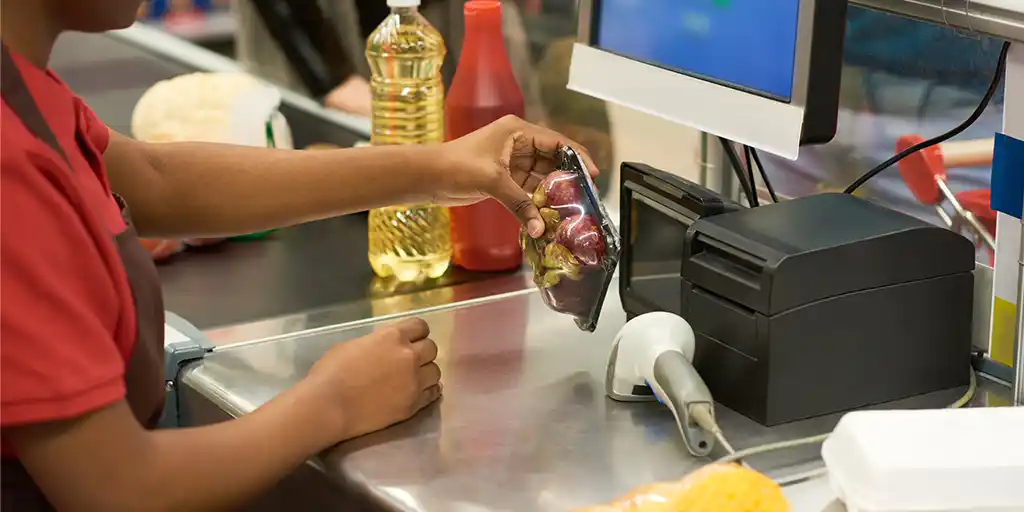
Payments & Checkout Innovation
One of the clearest service wins for convenience retailers comes via payments
The UK Finance ‘UK Payment Markets 2025’ report notes that in 2024, debit cards were the most used payment method with 26.1 billion payments – accounting for half of all payments in the UK – and 18.9 billion payments were made with a contactless debit or credit card[2]. Most people use debit cards and contactless payments out of ease – no longer do people carry small change.
For a convenience store, simplified and speedy payment means shorter queues, fewer abandoned baskets and smoother age-restricted transactions. Given that older consumers are now rapidly adopting tap-to-pay, the uplift in service is platform-agnostic.
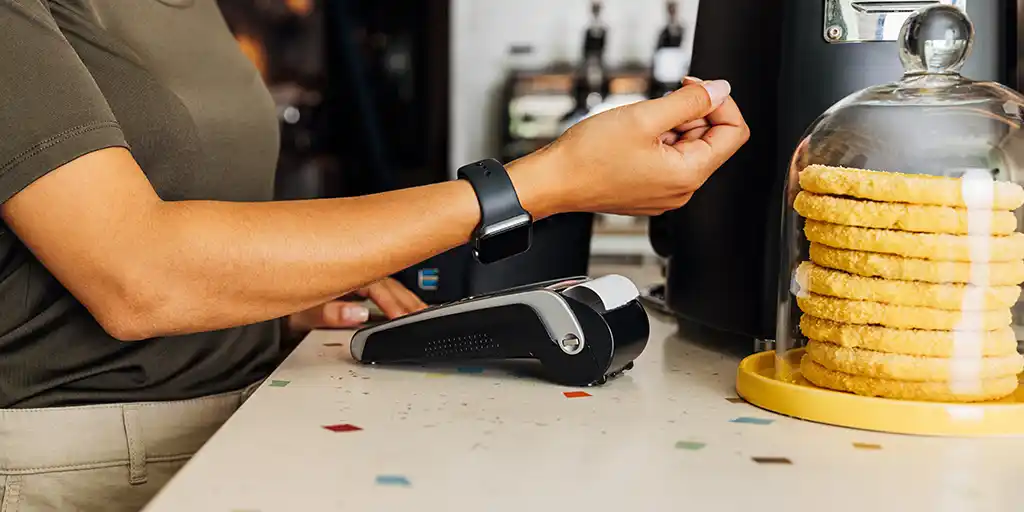
Click & Collect, Delivery and Parcel Services
To enhance service and capture additional footfall, convenience retailers are integrating parcel collection, click & collect and local delivery options. Delivery or app-led services are no longer just ‘big store’ territory – many are either running their own delivery service or teaming up with the likes of Deliveroo and Ubereats.
Currently, 47% of independent retailers offer home delivery. 34% of which have no minimum spend and 36% have no delivery charge[3].
When it comes to click & collect and local delivery options, not only do these offer further convenience for customers, they promote impulse purchases.
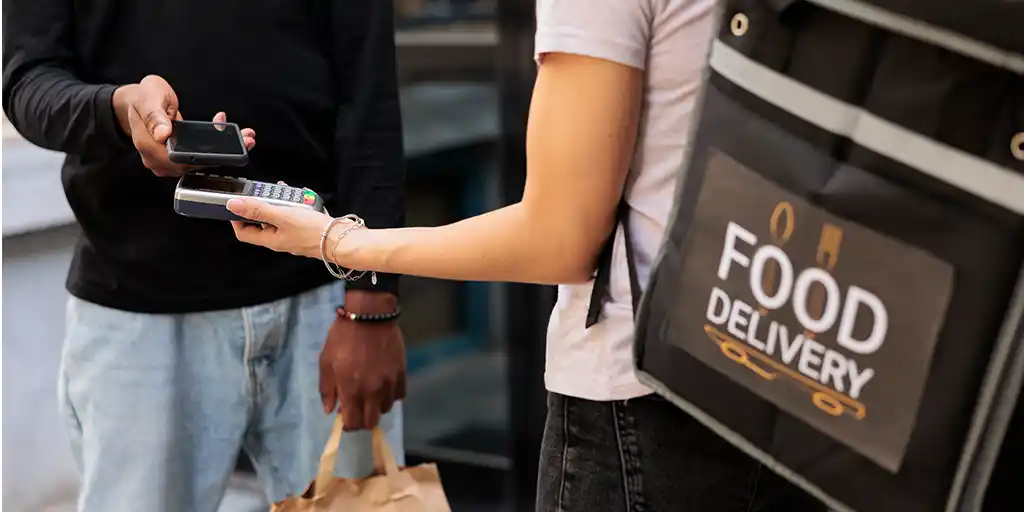
Shelf-Edge Technology, Digital Signage and Loyalty
A growing trend among convenience retailers is use of electronic shelf labels (12%), digital signage (35%) and in-store Wi-Fi (35%) to enhance operational efficiency and customer engagement[4].
Couple that with Wi-Fi enabled loyalty programmes (one in five stores run schemes) and you can build customer-level data, send targeted offers and personalise service. The end result: better conversion, fewer stockouts, higher basket size.
In the UK convenience sector today, technology isn’t just about being flashy – it’s about delivering measurable productivity gains and service improvements – that benefit both retailers and the customers. Even small-scale implementations – such as enabling mobile payments or adding digital signage on top 500 SKUs – can deliver meaningful return on investment.
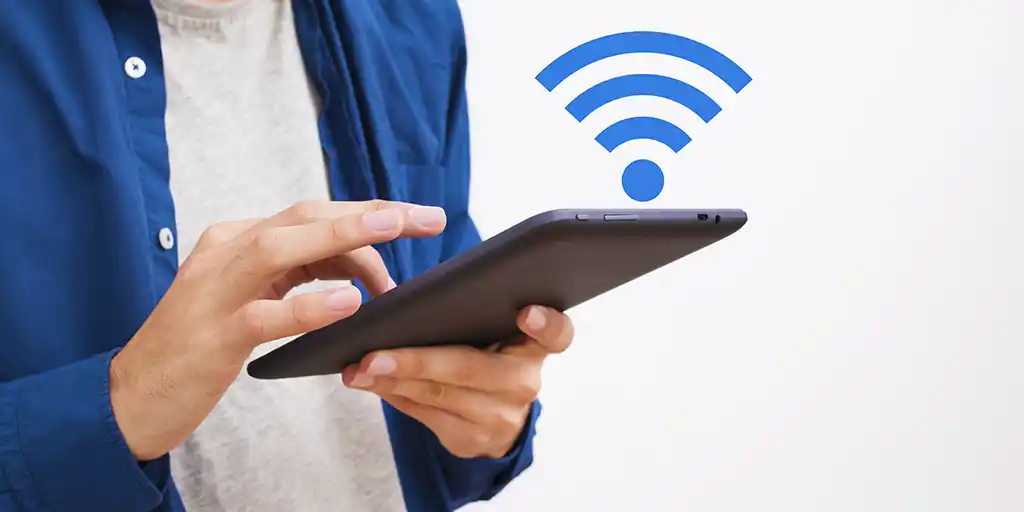
[1]ACS: The Local Shop Report 2025
[2] UK Finance: UK Payment Markets 2025
[3] ACS: The Local Shop Report 2025
[4] ACS: The Local Shop Report 2025
